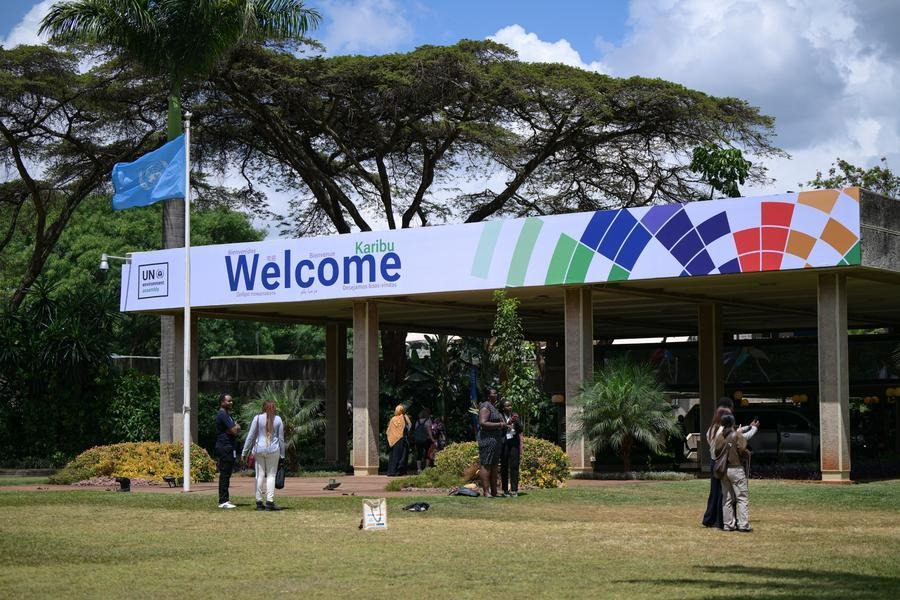Space lab set for fiery return on Friday
By ZHAO LEI | China Daily | Updated: 2019-07-15 07:16

China's Tiangong II space lab will spend its last days in orbit this week before making a controlled fall on Friday back into Earth's atmosphere, according to the China Manned Space Agency.
All of the space lab's assigned tasks have been finished. It is scheduled to fall out of orbit and reenter the atmosphere under ground control on Friday, the agency said.
Most of the spacecraft will burn up during the reentry process, with a small amount of debris expected to fall in a designated secure area in the South Pacific Ocean, it added.
Preparations for reentry are underway, the agency said, saying China will publish related information or inform relevant parties in a timely manner to fulfill its international obligations.
Tiangong II was put into orbit in September 2016 atop a Long March 2F carrier rocket from the Jiuquan Satellite Launch Center in the Gobi Desert. The space lab is 10.4 meters high, 3.35 m in diameter and weighs 8.6 metric tons.
Two astronauts, Jing Haipeng and Chen Dong, entered the lab that October after their Shenzhou XI spacecraft docked with the lab and remained there for 30 days.
From April to September 2017, Tiangong II and Tianzhou I cargo spacecraft performed several docking and in-orbit refueling operations, which demonstrated resupply and refueling technologies for a space station.
The space lab also carried out a series of scientific and technological experiments.
Its predecessor, Tiangong I, was launched in September 2011 and was mainly used to test technologies involved in space rendezvous and docking. Tiangong I fell back to the Earth in April 2018 in an uncontrolled manner.
More than 1,000 days into its orbit, Tiangong II has outlived its two-year designed life span. The spacecraft helped to pave the way for China's future manned space station, according to the agency.
Wang Ya'nan, editor-in-chief of Aerospace Knowledge magazine, said Tiangong II contributed a great deal to China's efforts to build its own space station as it accommodated astronauts' stay and verified life-support and in-orbit refueling technologies, all of which are essential to running a space station.
China plans to start putting together its first manned space station around 2020. It is expected to be fully operational around 2022 and to operate for about 15 years, according to the China Academy of Space Technology.
In 2024, it would become the world's only space station if the United States-led International Space Station is retired that year as planned.
The multimodule station, named Tiangong, will be mainly composed of three parts-a core module attached to two space labs-and have a combined weight of more than 90 tons, the academy said.
























